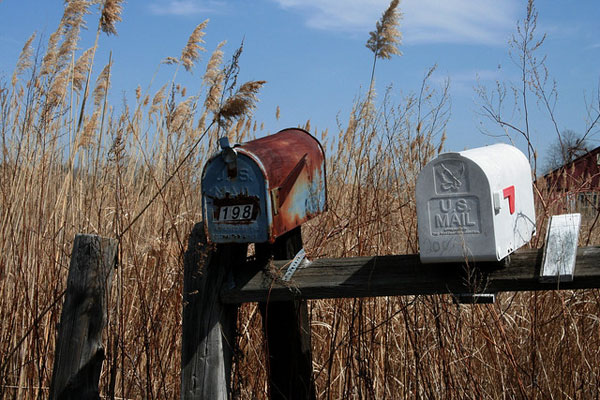
May 3, 2019; Shelterforce
Shelterforce is right on the money in their article, “Pushing Opportunity Zones to Fulfill Their Promise.” The piece urges urban leaders across the country to set guiding principles to make sure this new tax incentive, called the “most significant community development program to pass in a generation,” leads to equitable development and not displacement of low-income residents and people of color.
Opportunity Zones were created by the federal tax overhaul in 2017 to entice private investors to underserved areas by eliminating capital gains taxes owed on prior investments if reinvested in Opportunity Zone communities for at least a decade. The new program has already attracted $28 billion in investment capacity.
But if you didn’t know better, you could conclude from Shelterforce’s article, upcoming conference agendas, and burgeoning industry blogs that Opportunity Zones were meant only for urban areas. In fact, about 40 percent of the designated 8,700 Opportunity Zones spread across the nation are rural. To date, however, investors have focused almost entirely on commercial real estate development in large urban areas. Of the 34 Opportunity Funds reviewed by the National Council of State Housing Agencies (NCSHA) in late 2018, only two even mentioned rural areas. And few of the 150 applications received in response to a national foundation request last fall for “mission-aligned” fund managers were directed to rural places. None mentioned the Deep South or Appalachia.
But many rural communities, like many urban neighborhoods, need outside investment to create jobs, build affordable housing, provide critical services, and incent broadband and renewable energy infrastructure. So why are rural communities barely targeted in the Opportunity Zone marketplace? According to the experts, the deals are too small, the risk is too high, the real estate doesn’t appreciate so as to produce capital gains, and investors don’t know rural places and players.
Sign up for our free newsletters
Subscribe to NPQ's newsletters to have our top stories delivered directly to your inbox.
By signing up, you agree to our privacy policy and terms of use, and to receive messages from NPQ and our partners.
At least six states, however, are testing strategies that can crack the code for rural. Three states, Kentucky, Alabama, and Texas, are seeking to sweeten the deal for investments in rural Opportunity Zones through proposed legislation enabling state tax credits on top of the federal ones. Just signed into law in the State of Washington is a new tax preference for state taxpayers who contribute to a Rural Development and Opportunity Zone Fund, for a total of $65 million/year. But perhaps most useful are Virginia’s, Oregon’s, and Alabama’s efforts to respond to the persistent challenge of limited development capacity in rural places—lack of local expertise to move qualified deals forward and connect them with state and national capital sources.
In Virginia, Governor Ralph Northam recently announced a $1 million grant to Virginia Community Capital, a statewide community development finance institution (CDFI), to create an online marketplace and hire staff to educate stakeholders about rural Opportunity Zones, develop a pipeline of investible projects and investors, matchmake the players, and help get the deals done. Rural communities are being targeted. In Oregon, a state that deliberately nominated a disproportionately high percentage of rural areas for designated Opportunity Zones (44 percent), a consortium of foundations (the Ford Family Foundation, Meyer Memorial Trust, and the Oregon Community Foundation) have similarly created a program to develop a clearinghouse to bridge the gap between projects needing investment and Opportunity Funds. And in Alabama, a new nonprofit, Opportunity Alabama, is focused on making the state a national model for Opportunity Zone investments, including those in rural places. Its strategy is to create a statewide “ecosystem” comprising four groups: local community leaders; investors, including large nationals, smaller impact funds, local “prodigal sons/daughters,” and corporate citizens; project sponsors; and third-party technical supports. This state-level infrastructure will support a set of local ecosystems across rural and urban Alabama.
But for the 360 designated opportunity zones on rural lands in Indian Country, with 90 in Oklahoma and 70 in Alaska, the picture is bleak. Because of an oversight in the federal law, tribal governments cannot form or participate in Opportunity Funds and thus cannot pool investments from external sources. The law allows territories like Guam and American Samoa to set up opportunity funds, but tribal governments weren’t given the same status.
Meanwhile, the federal government has not yet developed regulations that require Opportunity Funds to track and report any metrics, unlike previous programs such as New Market Tax Credits and Enterprise Zones. Qualified Opportunity Funds simply have to self-certify in order to qualify. And without transparency, those who care about responsible capital flowing to needed rural places, will have no way of knowing whether Opportunity Zones will help, hurt, or simply ignore rural America.—Debby Warren










